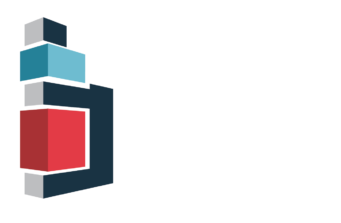


New Generation Gypsum Flooring
GYPSUM FLOOR UNDERLAYMENT
Gypsum concrete formula is mixed ONSITE with locally sourced sand and water to provide a lightweight base that can host a wide variety of flooring.
Gypsum underlayment is approved for use over top of : concrete, precast, wood, and Sound Attenuating Mats (thickness limitations apply).
Properties:
- Compressive strengths up to 4500 psi
- Fast Setting, light trade traffic in as little as 4-hours, normal traffic 24 hours.
- Dense, smooth surface
- Little to no surface prep, clean, prime, and pour.
- Provides enhanced sound attenuation (STC & IIC) between floors
- Reduces Carbon Footprint
The Goal
To deliver a gypsum floor system that balances durability, functionality, and aesthetics while adhering to budgets, timelines, and project specifications.
Gypsum Flooring Applications
In Multi-unit residential buildings to enhance soundproofing.
Office spaces requiring smooth, durable surfaces.
Renovation projects where lightweight materials are crucial.
Fire-rated assemblies in commercial and industrial environments.
Gypsum: The Installation Process
THE PROCESS
Surface Preparation
The substrate is thoroughly cleaned, primed, and prepared to ensure proper bonding of the gypsum layer.
Mixing & Pouring:
Gypsum material is mixed to precise specifications for consistency and strength, then poured and spread evenly.
Levelling:
A self-levelling process ensures a perfectly flat and smooth surface, eliminating imperfections.
Drying Time:
Gypsum flooring dries quickly, reducing project timelines and enabling faster application of final finishes.
Finishing Touches:
Once cured, the surface is ready for floor coverings such as tile, hardwood, or carpet, providing a flawless base.
Environmental benefits
Gypsum is an environmentally friendly choice due to its recyclability and low embodied energy. It also contributes to improved indoor air quality, making it a sustainable flooring solution that aligns with green building initiatives like LEED certifications.
